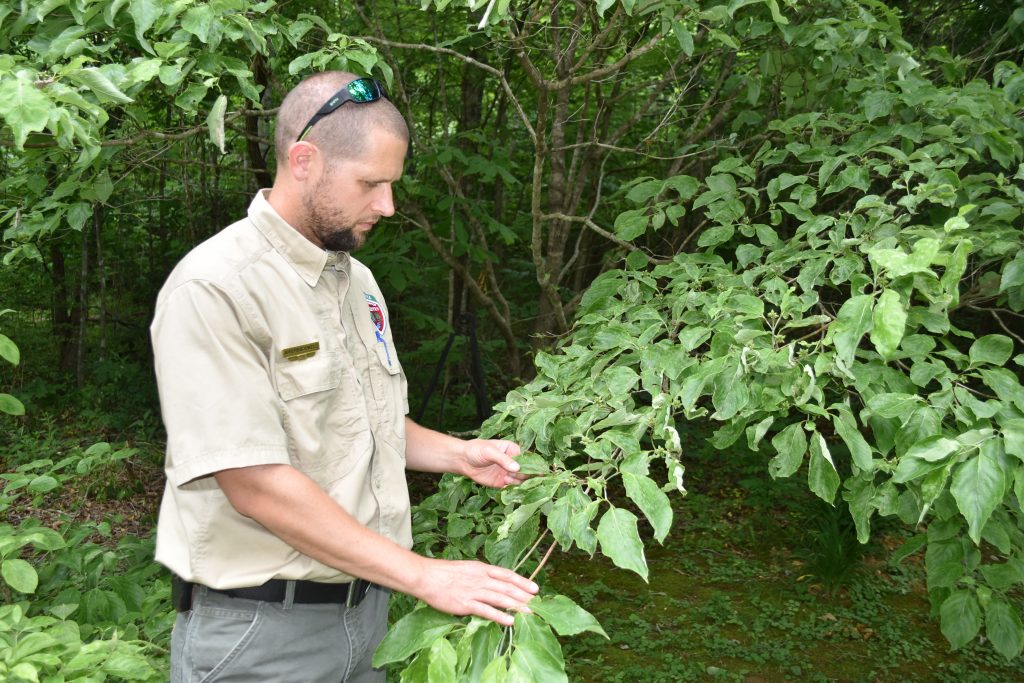Patch Cut Positives
With just a few tools, landowners can integrate patch cuts into their habitat enhancement regimen; an NWTF biologist explains how.
With just a few tools, landowners can integrate patch cuts into their habitat enhancement regimen; an NWTF biologist explains how.
Cully McCurdy, NWTF district biologist for North Carolina, Virginia and West Virginia, explains the benefits of patch cuts:
“Patch cuts, which are basically a small-scale clear cut, are often created to specifically benefit wildlife, whereas clear cuts are sometimes designed for monetary reasons. A patch cut can be as small as removing one large individual tree or as large as removing 15 to 20 trees in a small area. The goal always is to let more sunlight reach the forest floor, thus allowing more vegetation to appear and to benefit certain individual trees that bear hard or soft mast. For example, a landowner might conduct a patch cut to help out beech and several oak species and to create a diversity of forbs and shrubs growing in the understory.”
McCurdy added that a major advantage of patch cuts is that small property owners can easily conduct them without the need for heavy equipment and the resulting soil impaction.
“All the small-scale landowner really needs are a chainsaw, a backpack sprayer, a hatchet and a spray bottle,” He said. “With a chainsaw, a landowner can remove diseased or old trees that are past their prime or smaller ones that are crowding potentially more productive trees. The results will come fairly quickly, with more undergrowth springing up and then down the road and increased hard and soft mast production from the remaining trees. Creating a patch cut means that invasive plants will be among the vegetation that pops up. A backpack sprayer can help eliminate invasive vegetation, and the hack and squirt method can help get rid of the smaller trees.”
An important aspect of creating patch cuts is determining where to do so. The biologist emphasizes that a land manager’s goal is to establish a mosaic of habitat types. Ideally, patch cuts should take place in a variety of places, but they should also occur near established hard and soft mast food sources, bedding and brooding areas, and existing logging roads. In short, patch cuts are more beneficial to wildlife when they create cover near locales where a property’s wildlife species are already congregating. Food attracts turkeys, deer and other wildlife, but cover keeps them there.
Finally, when considering where to initiate a patch cut, McCurdy suggests that landowners understand the existing composition of their woodlot.

“Everybody loves their white oaks, but they often only bear every few years or so,” he said. “So make sure that you have a good number of red oak family members—such as the northern red, black, and scarlet oaks—which often bear more consistently than the white oaks. Similarly, a landowner will want to have a wide variety of soft mast producers as well.”
Patch cuts are another form of wildlife stand improvement and, as such, are another option in a landowner’s proverbial habitat toolbox.
CONNECT WITH US
National Wild Turkey Federation
770 Augusta Road, Edgefield, SC 29824
(800) 843-6983
National Wild Turkey Federation. All rights reserved.
